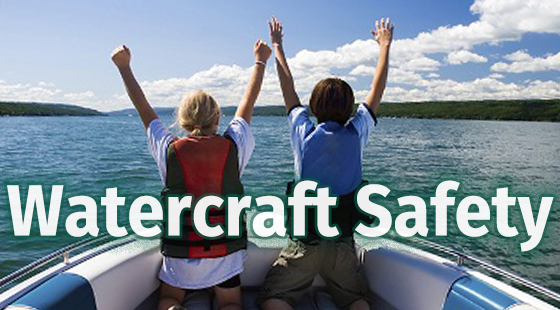Work has been ongoing since December 1, 2016 along the Narrow River as part of the salt marsh restoration and elevation pilot project, intended to combat drowning and increase the lifespan and resilience of the marsh to future sea level rise and other stressors. Contractor Patriot Marine has been dredging near Sedge Island under the supervision of the US Fish and Wildlife Service and the Coastal Resources Management Council.
Crews are using a restoration method called thin layer deposition to place dredged material on the surface of the marsh to raise the elevation so that plants can thrive. Material is dredged from select locations to create depths where eelgrass can grow, creating an important habitat. The dredged materials are then dispersed on the adjacent marsh surface to slightly increase the marsh’s elevation, primarily in areas where the vegetation has died off or become stressed from prolonged flooding. These areas will be replanted with marsh grasses.
From Narrow River Kayaks south to Sedge Island, the dredge footprint creates an approximately 65-foot wide channel in the river. Sand from the river is being used to elevate the marshes on the eastern side and on Sedge Island.
This photograph (taken December 13, 2016) showing an astronomically high tide, gives a good sense of what the project is trying to accomplish. The entire marsh is under water with the exception of the mound of material being pumped onto the marsh. While the marsh should be underwater during “spring” (new and full moon) tides, the majority of the marsh is being flooded too frequently. The mound of material will be graded with low ground pressure equipment to raise the marsh plain. Increasing marsh elevation will also benefit the Saltmarsh Sparrow, a species of concern, which nests in the marsh grass.
NRPA is organizing volunteers to plant salt marsh grass plugs early in the spring under the supervision of the US Fish and Wildlife Service as part of the restoration efforts.
This aerial video by East Greenwich Resident Ray Stachelek clearly shows the phases of the dredging and salt marsh restoration project that took place in November and December 2016. New phases of work will continue through 2017.








